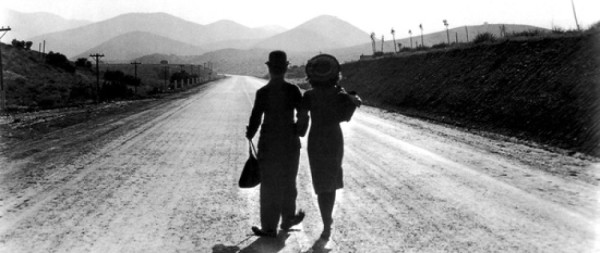
I have now watched 100 films that were released in 1960. A complete list can be found here. It was a great year and I have 17 films for my favorites list. This may be the first year that the Best Picture winner is also my very favorite film of the year. Excellent films I didn’t have room for are: The Bad Sleep Well; Wild River; Shoot the Piano Player; The Virgin Spring; Inherit the Wind; Two Women; and Late Autumn. The list is no particular order, though I can’t think of anything that would move The Apartment out of the top slot!
I am having a family medical emergency (not my own) so it may be awhile until I start 1961.
10. The Naked Island – directed by Kineto Shindo

9. Psycho – directed by Alfred Hitchcock

8. Peeping Tom – directed by Michael Powell

7. Purple Noon – directed by Rene Clement

6. Le Trou – directed by Jacques Becker

5. Rocco and His Brothers – Luchino Visconti

4. L’Avventura – directed by Michelangelo Antonioni

3. When a Woman Ascends the Stairs – directed by Mikio Naruse

2. La Dolce Vita – directed by Federico Fellini

The Apartment – directed by Billy Wilder




